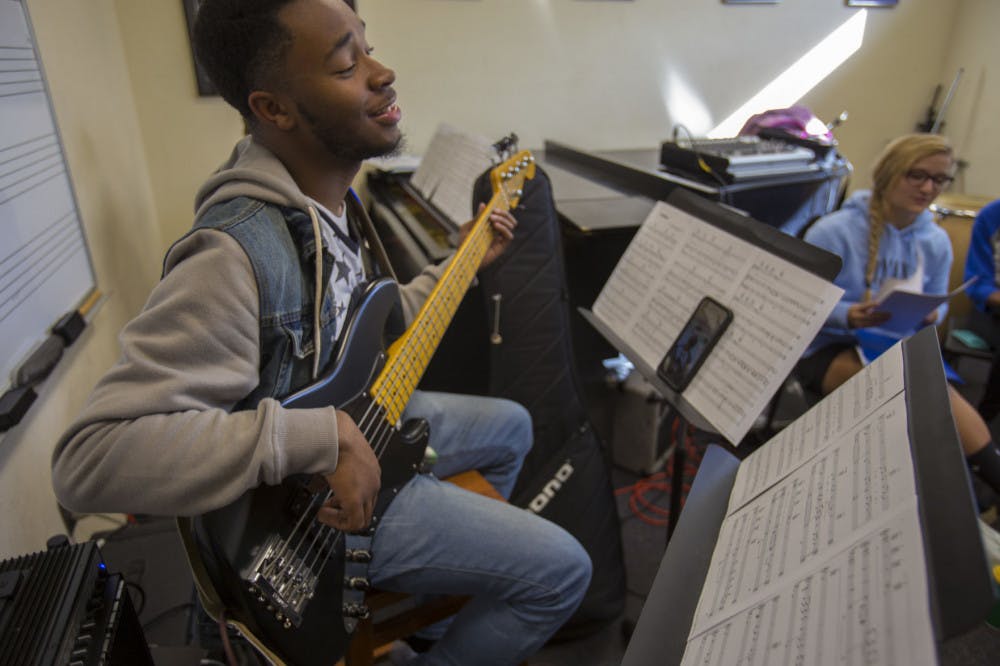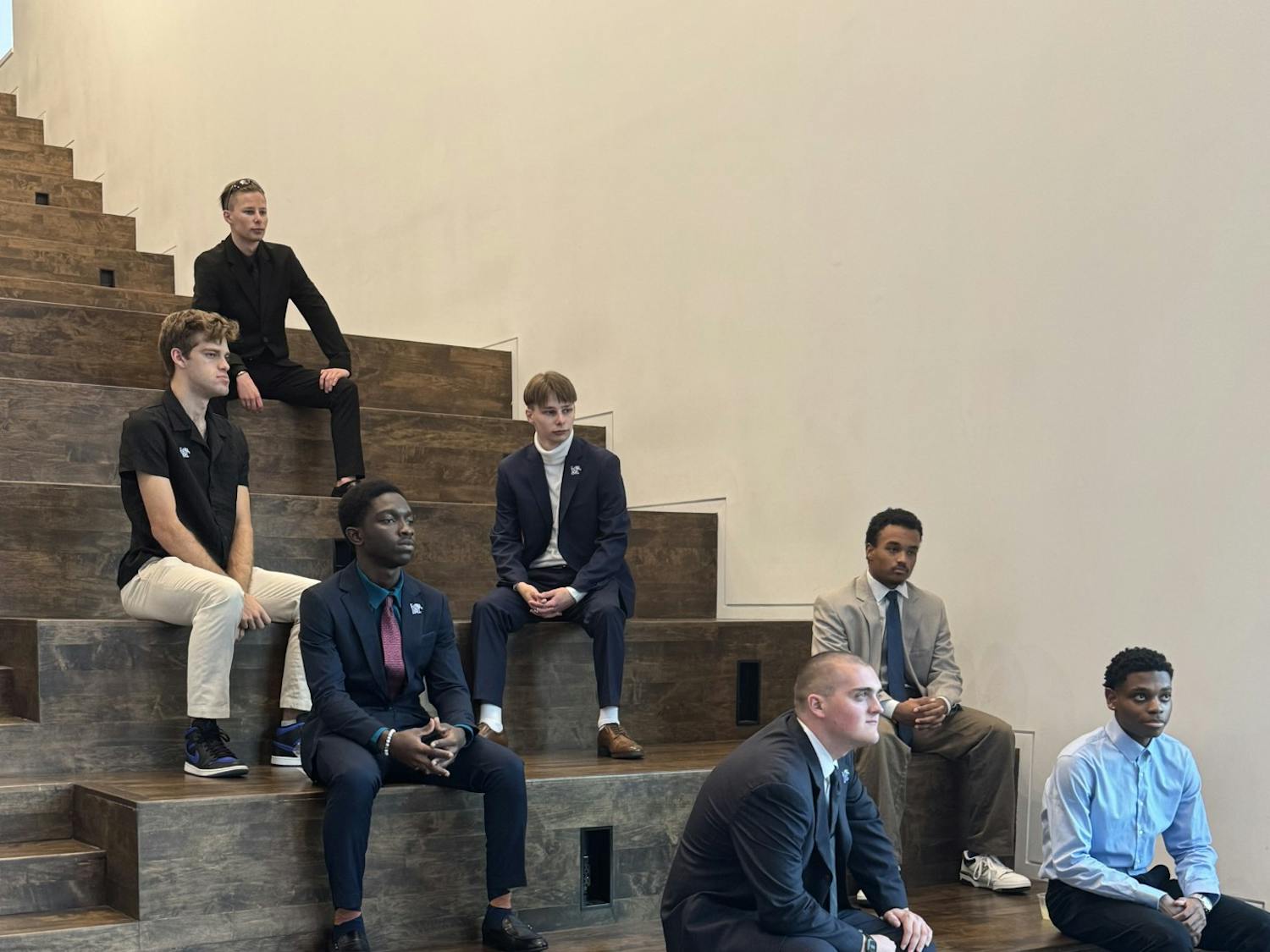While hip-hop, R&B, rock and pop dominate the charts as the most consumed genres of music in the United States, jazz may climb into the modern mainstream scene.
Jack Cooper, a professor of jazz composition at the University of Memphis, said jazz is attracting a lot of young people’s attentions because of its complexity and depth, a trait he said is missing from modern-day pop music.
“A lot of contemporary pop stuff has, quite frankly, not changed in the past 25 or 30 years,” Cooper said. “It’s younger people who are adept to their instrument, and they’re looking for more, something that’s more challenging, something that has more depth to it. In jazz, that’s part of the aesthetic of the music.”
The consumption of jazz songs has steadily persisted over the past few years, most recently reporting at a 13.5 percent growth rate in the BuzzAngle 2017 U.S. Music Report. Although interest in jazz seems to be resing among contemporary audiences, the revival is happening in a very old-fashioned way via the purchasing of physical albums, according to Nielsen’s 2017 U.S. Music Year-End Report. Jazz is also making a notable impression on millennials, with 30.5 percent of jazz radio listeners age 18 to 29, according to a 2018 survey by Statista.
Jazz music is a staple of American musical cultureand was started by African-Americans in the 1900s from a mixture of blues, ragtime and other rhythmic influences. With a wide range of subgenres such as smooth jazz, bebop, bossa nova, Dixieland and swing, jazz itself is often noted for its use of improvisation and originality.
Cooper said at a time where much of the mainstream music genres sound alike, people are drawn to jazz because of its consistently original musical experience.
“Each performance is supposed to be different,” Cooper said. “It’s not like, ‘I want to hear it exactly like the recording.’ That’s not what you’re going to get, not in jazz because improvisation is part and parcel to it.”
Malvin Massey, general manager of the U of M’s on-campus jazz radio station WUMR “The Jazz Lover” 91.7 FM, called jazz music “America’s only original musical art form.” He said younger audiences like the genre because of the individuality that can be achieved through it and it’s ability to communicate an artist’s personal touch.
“I think young people are getting after some individuality,” Massey said. “Back in the day, you could tell when it was Aretha Franklin, you could tell when it was Gladys Knight, you could tell when it was all the different voices, but now you can’t tell one from the other.”
Benjamin Walsh, a 29-year-old jazz and studio performance graduate student, said music is “like a conversation” that encompasses his life, and the qualities of jazz music bring that out.
“Music is almost completely social for me,” Walsh said. “I think jazz and other types of music that encourage improvisation and spontaneity is what I like about being social with people. It ends up encouraging people to come out and play.”
A student in the University of Memphis jazz band practices. Jazz is becoming more popular with college-aged people, according to the 2017 Nielson year-end report.





